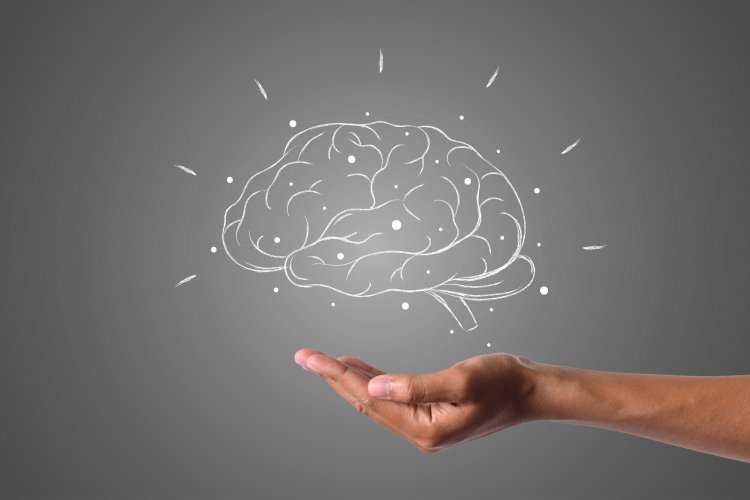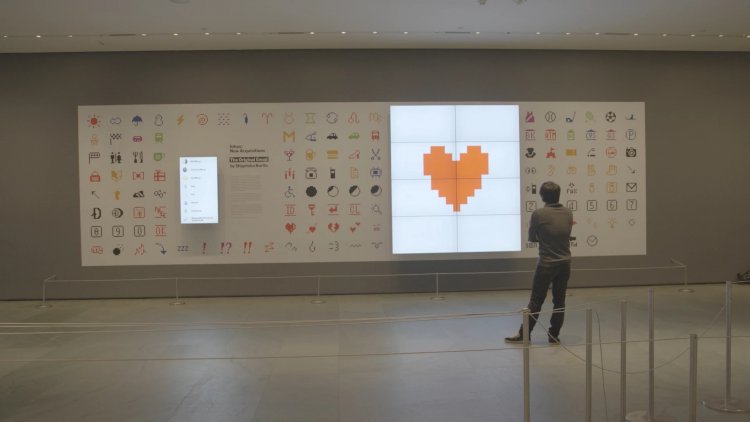Why do we choose a video rather than a newspaper while having our morning cup of coffee? Is it our brain degradation or are we adapting to a new environment? Is it true that information processing has worsened? What did the “reading” society turn into a “watching” or “listening” one? We have gathered answers to these questions in one place. Read and see for yourselves.
We are bombarded with information every day. Even at a business meeting, we notice new messages appear on our telephones one after another: notices from Telegram channels, family chats, and e-mail services. People today are surrounded with constantly growing information flows.
On our way home, when choosing a product in a supermarket or watching our favorite series online: it’s important to figure out how to control these torrents of data.
The sense organs Nature gave us help us cope. Vision, hearing, sense of smell, touch and taste enable us to perceive reality. Everyone has their inclinations as to information processing: some would rather read, while others prefer listening. There are also people who remember things through touch. Such inclinations are not just intrinsic to individuals, but also to the whole society in certain periods of history. Such global changes are brought about by science and new technology, which make it possible to store and transfer information.
Marshall McLuhan investigated these issues. In his book Gutenberg Galaxy. The Making of Typographic Man, he proves that the invention of Johannes Gutenberg – the printing press of the 15th century caused a giant leap in perception.
That was a kind of a starting point where visual began thanks to printed books. According to McLuhan, the 20th century, with the emergence of new media – radio and television – changed the information perception method once again, getting it back to the auditory basis.
Everything became visual in the global village. Aside from the media and outdoor advertisement, there are other visual sources “bombarding” our consciousness from gadget screens, billboards, ATMs, terminals, and other devices. We read these data, and that makes the world web-like, intertextual, with visuals playing the leading role. The mind is programmed to catch, process and pass on information constantly.
What is the global village?
Marshall McLuhan introduced this term into the science parlance in mid-20th century. The scientist mostly used the term metaphorically, to describe the world information network. He meant that inside it, like in a small village, there is no real distance between people. The technical capabilities of the network invalidate distances, allowing people to reach each other in any point in the world covered by the network. Cultures, traditions, worldviews and values are brought closer to one another. And the rapid information exchange enables rapid response and rapid reception and dissemination of information.
Visual communication
The cognitive basis of visual communication is the simultaneous involvement of both brain hemispheres. They ensure maximum effectiveness in processing of information as well as its delivery.
S. L. Rubinstein wrote that humans originally developed as “optical beings”. We receive 75% of information through the eyes, which gives us a true perception of the world. By the way, vision is not passive at all. The world of images is built through looking, analyzing and examining.
The vision process involves “catching” a few characteristic features of an object: the round shape of a ball or the warm glowing of the sun. A few lines and points are easily perceived as a “face”.
We are used to inspect an object step-by-step, by “feeling” the most significant elements of it with our eyes. They catch the eye because such “beacons” carry information about the very essence of the image. Depending on the content of the object and the visual tasks, target points on the object are distributed at the time of its perception, and the order in which we move our eyes from one target point to another is determined.
There are several types of visual tasks:
- Detection, recognition and identification, when only the presence of the object is ascertained;
- Broad classification (based on generic class characteristics);
- Identification – comparing the object with one that the person remembers from the past.
Gutenberg’s galaxy is expanding
At first, visual communications existed in the form of cave art, and now they have become a new communication method (open the tap with emojis on your smartphone). Let’s take road signs, for instance. All this is also about the visual component.
There’s no way to say for sure if it’s good or bad. That’s what we’ve got. The human brain is flexible; it can rapidly adapt to any conditions. The same applies to information flows. Information processing have lost some quality and depth, compared to the “reading” 19th and 20th centuries. There have been changes within the visual channel: we are replacing a printed text with available videos to increase information processing rate. In our minds, a short video reveals its coded meaning. This happens instantaneously, so we don’t fall behind the indefatigable information flows on the path of the evolution of human perception of the world.
Photo on the homepage: freepik / Photo bank Freepik
Photo on the page: jcomp / Photo bank Freepik























